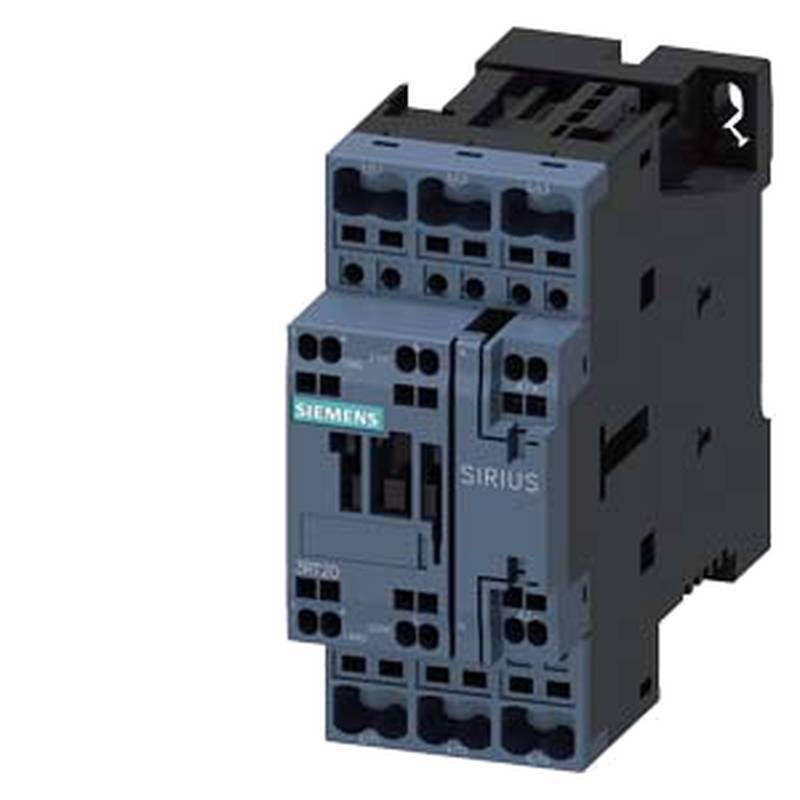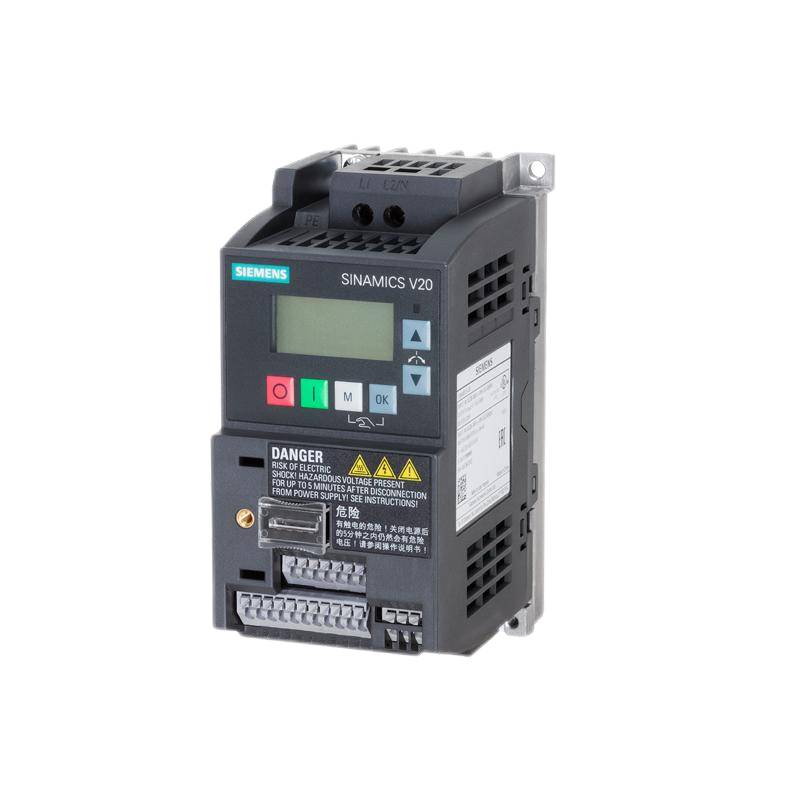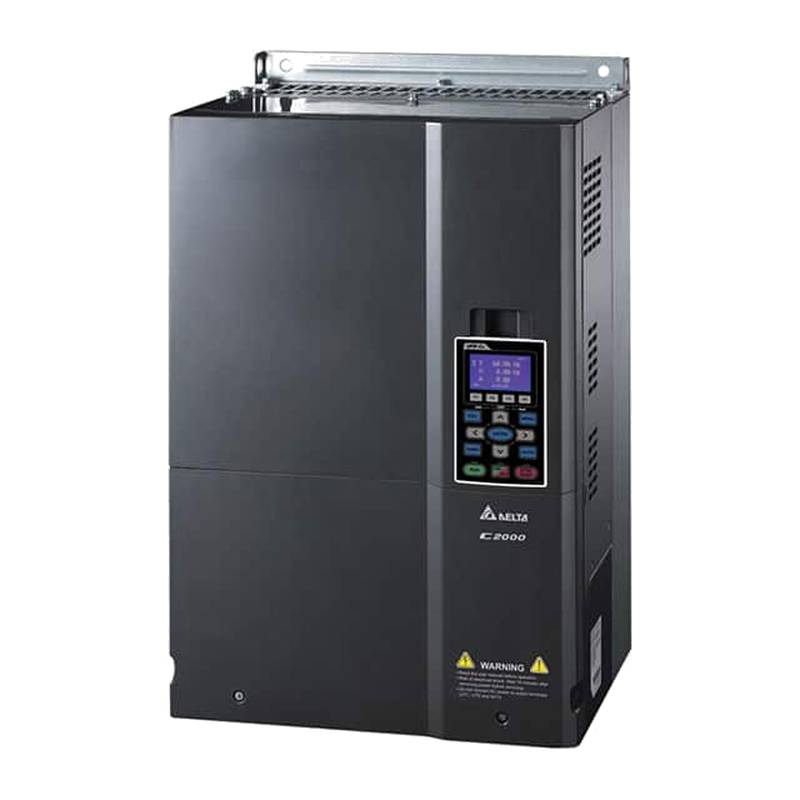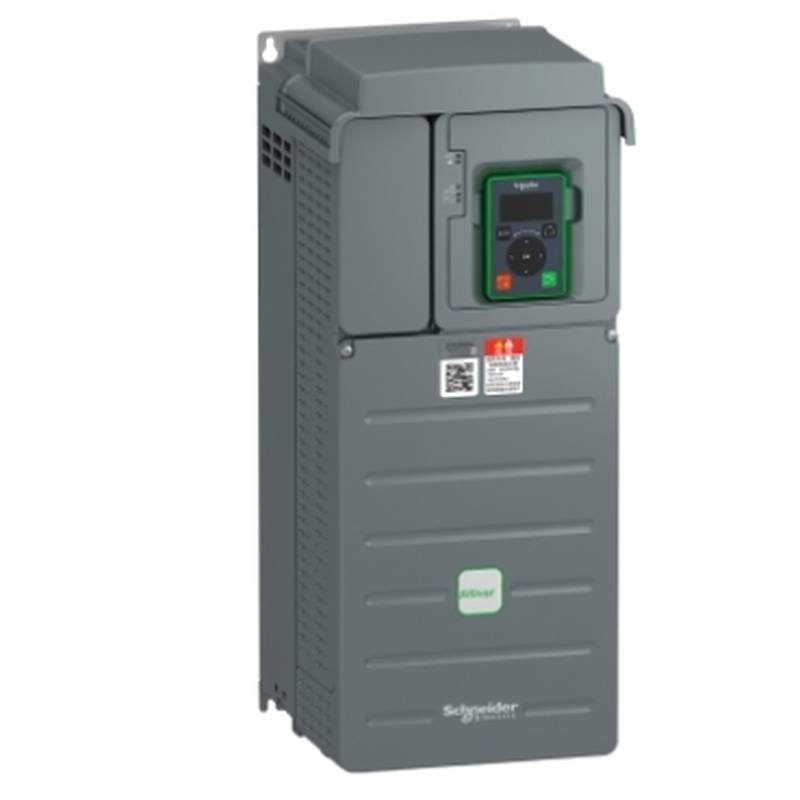
The Siemens 5SN6432-8CN is a robust 4-pole, 32A Miniature Circuit Breaker (MCB) engineered for the demanding protection of high-power industrial motors. Its High Breaking Capacity (HBC) of 10kA ensures superior fault current interruption, safeguarding critical machinery and preventing extensive downtime. Designed for reliability in harsh environments, this MCB offers precise current tripping characteristics crucial for motor start-up currents, effectively distinguishing between normal inrush and damaging short circuits. Key technical parameters include a rated voltage of 400VAC, tripping curve C, and compliance with IEC/EN 60898-1 standards, making it a superior choice for industrial electrical installations requiring dependable motor protection.
Siemens 5SN6432-8CN: Unveiling Advanced Motor Protection
The Siemens 5SN6432-8CN stands out in the industrial automation landscape due to its specialized design for high-power motor circuits. Its core advantage lies in its High Breaking Capacity (HBC), rated at 10kA, which provides an exceptional level of protection against severe short-circuit events. This capability is paramount when dealing with the significant fault currents that can arise in motor applications, offering a critical safety buffer. Furthermore, the 4-pole configuration ensures complete isolation of all phases, a vital safety and operational requirement for motor control circuits. The tripping curve C characteristic is specifically optimized for motors, accommodating their typical high inrush currents during startup without nuisance tripping, while still providing rapid protection against overcurrents and short circuits. This advanced functionality positions the 5SN6432-8CN as a market-leading solution for applications demanding precision and reliability in motor protection.
Product Specifications
| Feature | Specification |
| :--------------------------- | :-------------------------------- |
| Product Type | Miniature Circuit Breaker (MCB) |
| Manufacturer | Siemens |
| Model Number | 5SN6432-8CN |
| Poles | 4 |
| Rated Current (In) | 32A |
| Breaking Capacity (Icn) | 10kA |
| Rated Voltage (Ue) | 400VAC |
| Tripping Curve | C |
| Frequency | 50/60 Hz |
| Protection | Overcurrent, Short Circuit |
| Compliance Standards | IEC/EN 60898-1 |
| Mounting Type | DIN Rail |
| Terminal Type | Screw Terminal |
| Operating Temperature Range | -25°C to +45°C |
Core Features & Market Positioning
The Siemens 5SN6432-8CN is strategically positioned as a premium solution for industrial motor protection. Its 10kA breaking capacity is a significant differentiator, offering a higher level of safety and reliability than standard MCBs, particularly in high-power motor applications where fault currents can be substantial. The Type C tripping curve is expertly tailored to manage the high inrush currents associated with motor startups, preventing unnecessary disconnections and ensuring operational continuity, a crucial factor for industrial processes. This combination of robust fault interruption and intelligent startup current management establishes the 5SN6432-8CN as a preferred choice for engineers and facility managers prioritizing equipment longevity and system uptime. Its adherence to stringent international standards like IEC/EN 60898-1 further solidifies its reputation for quality and performance in the competitive industrial electrical market.
Key Application Scenarios
The Siemens 5SN6432-8CN is ideally suited for protecting a wide array of high-power industrial motors across various sectors. It is extensively used in manufacturing plants for safeguarding conveyor systems, pumps, fans, and machine tools, where reliable and uninterrupted operation is paramount. In the process industry, these MCBs are critical for protecting motors driving mixers, compressors, and ventilation units, ensuring stable production cycles. Furthermore, they find application in building services for large HVAC systems and in the energy sector for motors powering auxiliary equipment. The 4-pole configuration is particularly beneficial for applications requiring complete phase disconnection for maintenance or safety, such as in three-phase motor control panels and distribution boards within industrial facilities.
Practical System Integration Guidance
Integrating the Siemens 5SN6432-8CN into existing industrial systems is straightforward, primarily utilizing a standard DIN rail mounting system for quick and secure installation within electrical cabinets. The screw terminals accommodate standard industrial wiring gauges, facilitating efficient and reliable connections. For 4-pole protection of three-phase motors, ensure all four terminals are correctly connected to the incoming power supply and the outgoing motor leads. Proper torque application to the terminals is essential to prevent overheating and ensure a robust connection. It is imperative to wire the MCB such that the incoming supply connects to the top terminals and the outgoing load connects to the bottom terminals, aligning with safety regulations and operational best practices. Always ensure the local electrical codes and standards are consulted during installation.
Operation and Risk Mitigation
Operating the Siemens 5SN6432-8CN involves straightforward manual switching for normal operation and fault clearing. The lever mechanism provides clear visual indication of the ON/OFF status and trip condition. In the event of an overcurrent or short circuit, the MCB will automatically trip, disconnecting the power supply to the motor to prevent damage. To reset after a trip, the lever must be moved to the OFF position completely before being pushed back to the ON position. Users should be aware that nuisance tripping, while minimized by the Type C curve, can still occur if the motor's startup current significantly exceeds the breaker's rating or if there are persistent low-level overloads. Regular inspection of connections and surrounding environment for dust or debris is recommended to maintain optimal performance and prevent potential operational hazards.
Scalability & Long-Term Value
The Siemens 5SN6432-8CN offers significant long-term value through its robust construction and compatibility with Siemens' broader industrial control and automation portfolio. While this specific MCB is designed for direct protection, its integration within a larger Siemens ecosystem allows for seamless expansion and upgrades. For instance, it can be part of a control panel that interfaces with Siemens PLCs (Programmable Logic Controllers) or motor starters, enabling remote monitoring and diagnostics capabilities through industrial communication protocols. This future-proofs installations, allowing for the adoption of IIoT (Industrial Internet of Things) solutions and digital twins for predictive maintenance and optimized performance as operational needs evolve. The inherent reliability of Siemens products ensures a long operational lifespan, minimizing the total cost of ownership over the equipment's lifecycle.
Frequently Asked Questions (FAQs)
1. What is the primary function of the Siemens 5SN6432-8CN MCB?
This MCB primarily functions as a protective device for high-power industrial motors. It safeguards them against damaging overcurrents and short circuits. Its high breaking capacity ensures safety during severe fault conditions.
The Siemens 5SN6432-8CN is designed to interrupt fault currents up to 10kA. This robust capability is crucial for protecting motor circuits where fault currents can be exceptionally high. It provides essential overcurrent protection, ensuring the motor and associated wiring are not subjected to damaging thermal or magnetic stresses.
Its specialized Type C tripping curve is optimized for motor applications. This curve allows for higher inrush currents during motor startup without nuisance tripping, while still offering rapid protection against short circuits.
2. Can the Siemens 5SN6432-8CN be used for general-purpose AC circuits?
While it can technically protect general AC circuits, its design is specialized for motor protection. The Type C curve is optimized for motor inrush currents. For general circuits, other tripping curves like B or K might be more suitable.
Using this MCB on general circuits is permissible if the load characteristics match the Type C curve. However, its higher trip threshold for short durations might not offer the most sensitive protection for purely resistive loads.
For applications where precise protection against lower surge currents is needed, such as lighting or sensitive electronic equipment, a different MCB type might be more appropriate. Always consult application guidelines.
3. What does the "High Breaking Capacity" (10kA) rating signify for this Siemens MCB?
The 10kA rating indicates the maximum short-circuit current the MCB can safely interrupt without sustaining damage. This is a critical safety feature for industrial environments. High-power motors can generate substantial fault currents during short circuits.
This high breaking capacity ensures that in the event of a severe fault, the MCB will reliably disconnect the circuit, preventing dangerous arcing, fire hazards, and damage to downstream equipment. It provides an essential layer of safety for personnel and property.
For applications with potentially higher fault current levels than 10kA, specific upstream protective devices or higher breaking capacity MCBs might be required as part of a coordinated protection scheme.
4. How does the Type C tripping curve benefit motor applications?
The Type C curve is designed to handle the high inrush currents motors experience upon startup. These currents can be many times the motor's rated current for a brief period. Without this characteristic, standard MCBs would trip unnecessarily.
This allows the motor to start up smoothly without nuisance tripping, ensuring operational continuity for critical industrial processes. The MCB will only trip if the current remains high for an extended period, indicating an actual overload or fault.
Therefore, the Type C curve offers a crucial balance: it accommodates the transient needs of motor startups while still providing robust protection against sustained overloads and short circuits.
5. What are the key technical specifications of the Siemens 5SN6432-8CN?
This MCB is a 4-pole, 32A device operating at 400VAC. It features a 10kA breaking capacity and a Type C tripping characteristic. It complies with IEC/EN 60898-1 standards.
Its 4-pole design ensures complete isolation of all three phases plus a neutral (if applicable in the system). The 32A rating is suitable for motors drawing up to this current continuously.
The 400VAC operational voltage is standard for three-phase industrial power supplies in many regions, making it widely applicable.
6. Is the Siemens 5SN6432-8CN suitable for harsh industrial environments?
Yes, Siemens industrial products like the 5SN6432-8CN are generally designed for robustness. They feature durable construction to withstand typical industrial conditions such as dust, vibration, and temperature fluctuations.
The MCB's operating temperature range is typically from -25°C to +45°C, which covers most industrial ambient conditions. Proper enclosure and installation practices further enhance its environmental resilience.
However, extreme conditions like highly corrosive atmospheres or excessive moisture may require additional protective measures or specialized enclosures to ensure long-term reliability.
7. How is the Siemens 5SN6432-8CN installed in an electrical panel?
The 5SN6432-8CN is designed for easy installation on a standard 35mm DIN rail. This mounting method ensures a secure and quick attachment within electrical enclosures.
Connection is made via screw terminals. It is crucial to use the correct wire gauge and apply the specified torque to ensure secure electrical contact and prevent overheating.
For safety, incoming power should be connected to the top terminals and outgoing load connections to the bottom terminals. Always follow local electrical codes and safety guidelines during installation.
8. What are common troubleshooting steps for this MCB?
If the MCB trips, first identify the cause: is it a motor startup inrush, an overload, or a short circuit? Reset the MCB by moving the lever fully to OFF, then to ON. If it trips again immediately, it indicates a persistent fault.
Check the motor and wiring for any signs of damage or short circuits. Ensure the motor is not mechanically jammed and that the ambient temperature is within operating limits. Verify the load current does not exceed the MCB's 32A rating.
Persistent tripping despite normal operating conditions may indicate an internal issue with the MCB itself or a significant problem within the motor circuit requiring professional diagnosis.
9. What is the advantage of a 4-pole MCB over a 3-pole for motor protection?
A 4-pole MCB provides complete isolation of all three phases and the neutral conductor. This offers a higher level of safety, especially during maintenance procedures on the motor or associated control gear.
In many industrial systems, disconnecting the neutral is as critical as disconnecting the phases to ensure absolute safety. The 4-pole design guarantees that the entire motor circuit is de-energized when the MCB is tripped or switched off.
This comprehensive disconnection is often a requirement in specific industrial applications and safety standards, ensuring that no residual voltage can be present on any conductor.
10. Can this MCB be integrated with Siemens PLCs for remote monitoring?
While the 5SN6432-8CN itself does not have direct communication capabilities, it can be part of a system that is monitored by a Siemens PLC. Auxiliary contacts can be added to many MCBs to signal their status (tripped/on/off) to a PLC.
By incorporating this MCB into a control panel that includes auxiliary contacts and interfaces with a Siemens PLC, you can achieve remote monitoring of the motor's circuit protection status. This allows for alerts and diagnostics within a broader automation system.
This integration enables advanced features like remote status indication, fault logging, and potentially even remote reset commands (though direct remote reset of an MCB requires careful safety consideration and specific system design).
























